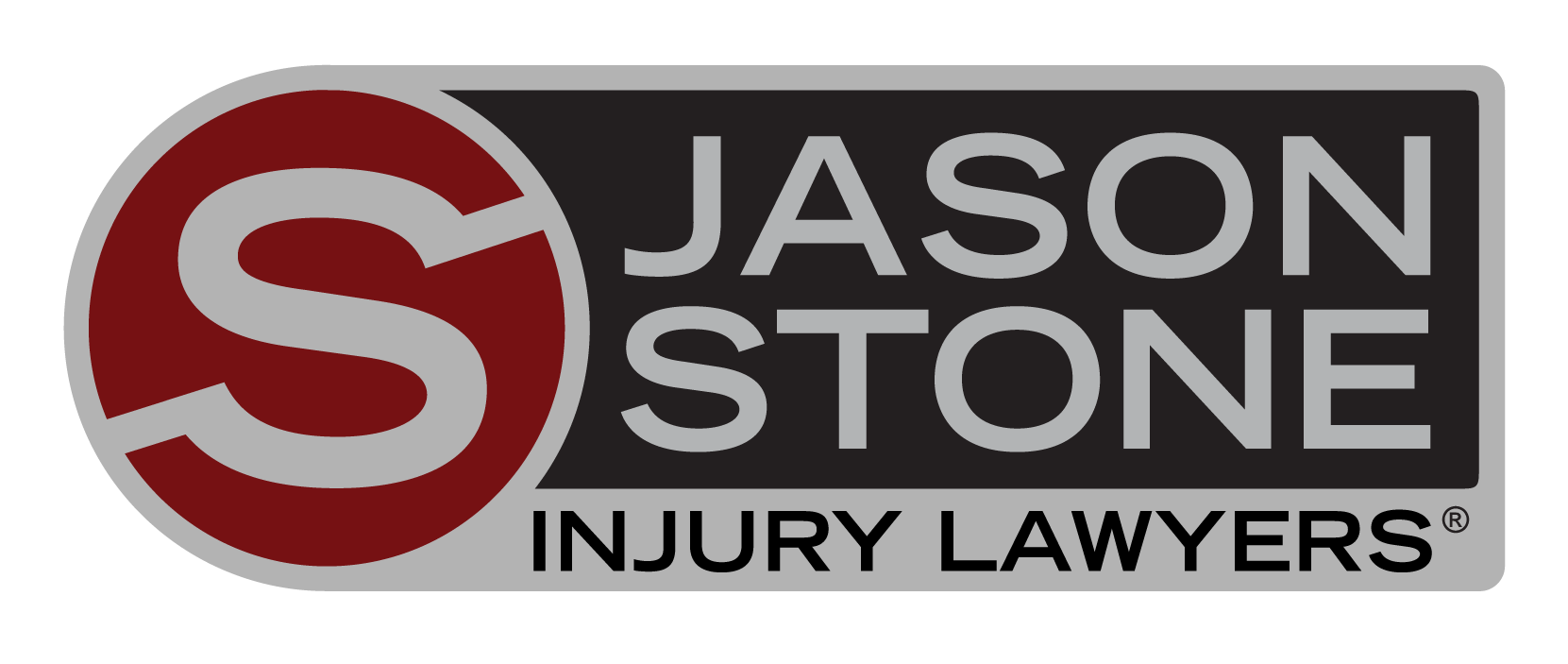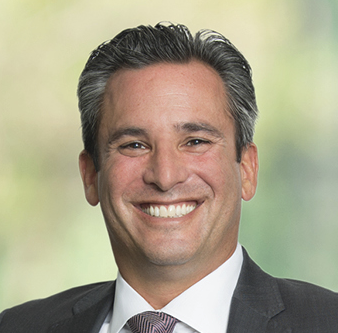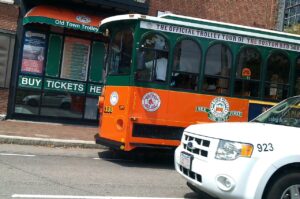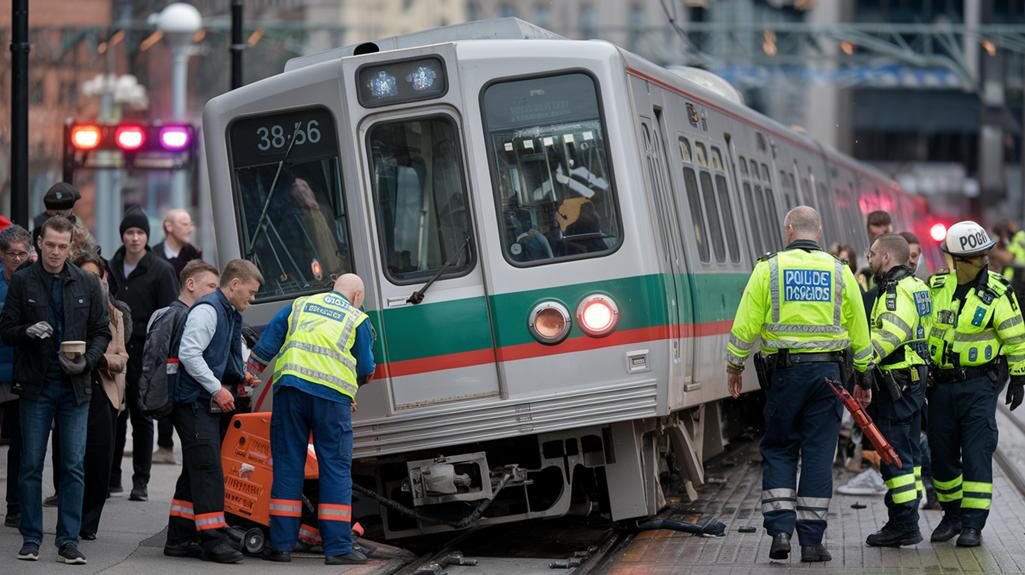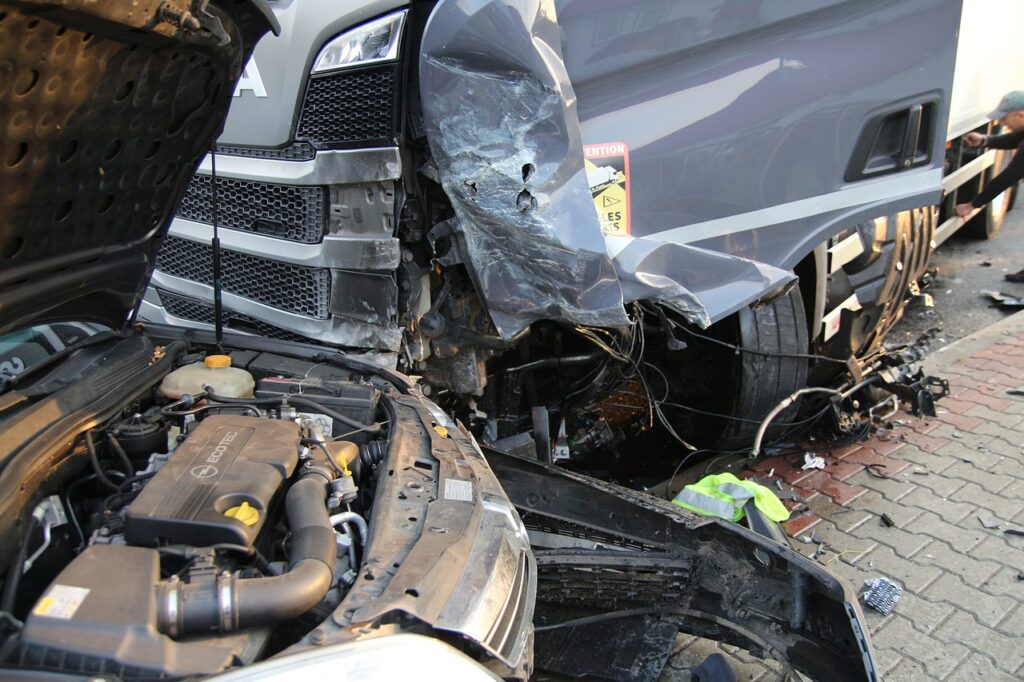 Multi-vehicle accidents can occur under various circumstances, sometimes making fault determination a complex process. Ultimately, you must consider the unique circumstances of your accident and will likely need professional advice from a car accident attorney who will protect your right to compensation. The first step is identifying the negligent action that lead to the accident.
Multi-vehicle accidents can occur under various circumstances, sometimes making fault determination a complex process. Ultimately, you must consider the unique circumstances of your accident and will likely need professional advice from a car accident attorney who will protect your right to compensation. The first step is identifying the negligent action that lead to the accident.
Negligence as the Foundation of a Liability Claim
If you suffer an injury in a car accident, you have the right to file a claim or lawsuit against the other driver responsible for the accident under certain conditions. However, you also bear the burden of providing proof that the person named in your claim was negligent. According to personal injury law, a negligence claim in a car accident case must prove four key components:
- The other driver was legally obliged to ensure their actions would keep other drivers reasonably safe on the road.
- The other driver failed to uphold that obligation and violated their duty, typically by breaking a traffic law.
- The other driver’s violation of their obligation was the cause of your accident.
- The accident directly resulted in the injuries that caused your financial, physical, and emotional losses.
You can hold the at-fault party in your case responsible by proving negligence. However, identifying the negligent party can be complex in a multi-vehicle car accident. Additionally, if you did not suffer severe injuries or substantial losses, you may not even need to consider who is liable.
Massachusetts No-Fault Auto Insurance Requirement
Massachusetts’s no-fault auto insurance requirement eliminates the question of liability and allows you to recover damages through your insurance policy. All drivers in the state must purchase personal injury protection coverage as part of state-mandated auto insurance minimums. In the event of an accident, regardless of the circumstances, you, as well as anyone with permission to drive your vehicle, any passenger in the car during the accident, and any pedestrian hurt during the crash, can file a claim for damages through your insurance provider. PIP insurance will cover up to $8,000 for:
- Necessary medical care for your injuries
- 75% of your lost income if your injuries temporarily render you unable to work
- Any replacement services required during your recovery, such as help with household chores or childcare
The advantage of the no-fault policy is that it ensures everyone has financial assistance following a collision, even if they are at fault for the crash. The disadvantage is that it often is insufficient for victims who suffered substantial losses, including severe bodily harm. However, the law will waive the PIP claim requirement and allow you to pursue a claim against the at-fault driver if your injuries incur at least $2,000 in medical expenses or cause severe or permanent disfigurement, broken bones, or loss of your ability to see or hear.
Liability in Common Multi-Vehicle Car Accidents
Once you meet the qualifications to bypass the no-fault system, you must determine who is at fault so you can file a claim against them. In a multi-vehicle car accident, the possibilities are many. So first, consider some of the most common accident types involving two or more drivers and how those scenarios impact liability.
Head-On Collisions
Head-on collisions generally involve one vehicle drifting into the wrong lane and crashing with another driver. These cases can result in deadly consequences and are nearly always the fault of the driver in the wrong lane. Sometimes the cause is distracted driving or speeding. For example, speeding around a sharp curve can cause the vehicle to drift into the other lane. However, there are cases where fault belongs to a third party. For example, if a third car sideswipes another, causing them to drift into the other lane and hit someone else, the third car would be liable for everyone’s damages, including their own.
Intersection Accidents
Accidents occurring at intersections commonly have multiple vehicles involved. Anytime someone runs a red light, causing a collision, that person is at fault because they violated a traffic law and therefore breached their duty of care. Other typical scenarios occurring at intersections include:
- Accidents occurring during a left turn. Right-of-way determines who is at fault when making turns at an intersection. For example, if the vehicle making a left turn had the right-of-way, the other car would be liable. However, if the vehicle making the turn did not have the right-of-way, they would be responsible.
- Accidents involving intersections with traffic control devices. Running a red light is an apparent traffic violation and would make the driver liable for all damages. However, if another car can stop and avoid the crash site but fails, that driver could share the liability.
Fault in multi-vehicle accidents at intersections is generally easier to figure out. Even the position of each vehicle post-collision can be a vital source of evidence.
Rear-End Collisions
Rear-end collisions involving multiple vehicles are generally the fault of the first person to rear-end someone. These accidents are common and are often the result of distracted driving, tailgating, or speeding. When the roads are congested, even low-speed rear-end collisions can result in a domino effect of crashes.
Shared Liability in Multi-Vehicle Car Accidents
In Massachusetts, the comparative negligence rule is applied if more than one driver is liable in a car accident case. In practice, this means that each party bears a percentage of fault which will directly impact their ability to recover damages. For example, in an accident involving yourself and one other driver, the court may assign you 30% liability and the other driver 70%. Therefore, you could recover the total value of damages minus 30%. However, suppose you are more than 50% liable for the accident. In that case, you could not recover any damages because Massachusetts applies the modified version of comparative negligence, which states that you must not be more liable than the defendant to claim compensation. When there are more than two vehicles involved, you will benefit from talking to a truck accident lawyer about your case.
When To Contact a Car Accident Lawyer
Determining liability is a crucial element of any car accident case. Since you are responsible for proving fault when filing a claim for compensation, you want to ensure you have sufficient evidence. The more cars involved in the accident, the more difficult it can be to identify and prove negligence. If you suffered injuries in a multi-vehicle car accident, a car accident attorney could help you recover a fair settlement as quickly as possible. They will investigate the accident, looking for evidence of negligence and damages. In addition, you can schedule a free consultation any time after the accident to discuss the details of your case and learn more about the legal avenues to compensation available.
At Jason Stone Injury Lawyers, we aim to make the process easy for you and your family. We understand the physical, emotional, and financial strain a negligent driver can cause, and we make it our mission to hold them accountable. To ensure you have an experienced legal representative on your side, we charge no upfront fees for our services. The first promise we make to our clients in the Stone Cold Guarantee is that we only get paid when you get paid. Contact an attorney at Jason Stone Injury Lawyers at (800) 577-5188 to schedule your free consultation today. There’s No Obligation, Just Information (R).
Not Trusting What You’re Being Told?
Better Phone Stone
800-577-5188
 START MY NO OBLIGATION CONSULTATION
START MY NO OBLIGATION CONSULTATION